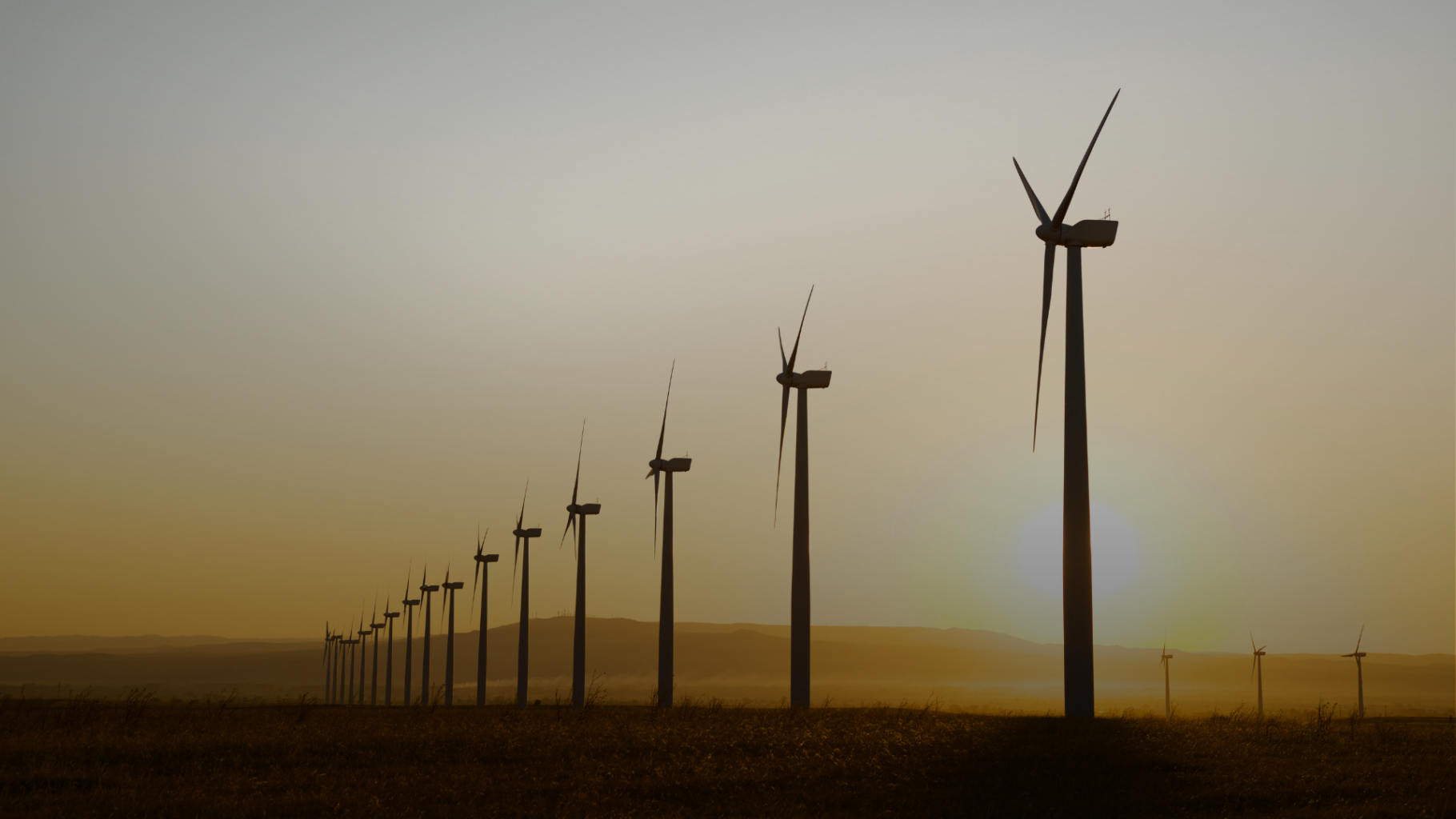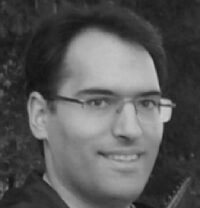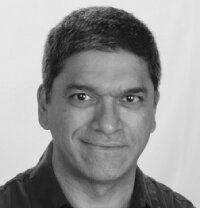
At a glance
| Title | Repair, Remanufacturing and Sustainable Reuse of Oil and Gas Platforms as Offshore Wind Green Hydrogen Hubs |
| Reference | 2022.15681.UTA |
| Scientific Area | Space-Earth Interactions |
| Funding (US) | 100 000 USD |
| Leading Institutions | Faculty of Engineering, University of Porto, PT
Cockrell School of Engineering, UT Austin, USA |
| Participating Institutions | INEGI – Instituto de Ciência e Inovação em Engenharia Mecânica e Engenharia Industrial |
| Duration | 12 months |
| Start date | September 15, 2024 |
| End date | December 31, 2025 |
| Keywords | Oceanic Systems; Metocean Climate; Green & Blue Energy; Repair-Remanufacturing-Reuse |
What is SuRe3-OW-GH2 about?
SuRe3-OW-GH2 aims to explore eco-sustainable energy transition strategies that would go from decommissioned Oil and Gas Offshore platforms through Wind Energy to Green Hydrogen, while also considering recycled materials reuse and remanufacturing. To achieve safety and reliability, multi-physics and multi-scale methodologies will be used to assess structural capacity, that will build from meteorological and oceanographic (metocean) climate modelling, consider the use of recyclable materials for topological corrections, employ stochastic processes and metamodeling, and ultimately assess extreme and fatigue
loads.
The benefits of refurbishing decommissioned offshore platforms into green energy generation stations are:
a) savings of millions of euros (or dollars) in decommissioning costs;
b) reduction of waste;
c) sustainable reuse of decommissioned offshore platforms;
d) the provision of revenue and jobs to support the economy;
e) availability of clean, renewable energy that can contribute to meeting various targets and helping the world towards a carbon-neutral future;
f) reduced harm to the marine environment.
What critical challenges is SuRe3-OW-GH2 addressing?
SuRe3-OW-GH2 aims at providing solutions to the world’s desire for sustainable and
resilient energy sources. The project supports the vision of a transition from carbonized energy sources to carbon-free ones, while leveraging the immense potential in our oceans. In order to implement these ideas, structural integrity studies are important and will seek to assess the feasibility of using existing O&G jacket structures for their new functions. The requisites for retrofitting and the effects on fatigue performance will be assessed. The multidisciplinary project team combines expertise in fatigue modelling and structural integrity assessment at FEUP with expertise in modeling the ocean environment and offshore structures at UT Austin.
How will SuRe3-OW-GH2 explore eco-sustainable energy transition?
The project team intends to study eco-sustainable energy transition strategies from decommissioned oil and gas offshore platforms through wind energy to green hydrogen, where the multiphysics methodologies to evaluate the structural capacity and fatigue performance based on metocean climate modelling for the chosen offshore sites, as well as the extreme environmental conditions and recycle materials reuse and remanufacturing, will be investigated. For that, recycled and recyclable materials, green manufacturing processes, and reinforcement solutions will be explored. Additionally, multiscale retrofitting strategies and solutions will be studied.
How is OM-TTR expected to impact energy research and environment?
The proposed work will contribute toward the development of eco-sustainable energy transition strategies that seek pathways to go from decommissioned Oil and Gas Offshore platforms through Wind Energy to Green Hydrogen. Benefits to the environment are obvious since this project will make it possible to repair, remanufacture, and reuse decommissioned oil and gas offshore platforms to serve as support structures for green energy production systems (wind energy to green hydrogen) and ultimately lead to cleaner and environmentally sustainable energy generation.
Research Exchanges
2024 – Bruno Alexandre Silva Pedrosa
Postdoctoral Researcher at FEUP and Visiting Researcher at UT – Download the visit report here
Project Team
José Correia
Lance Manuel
- Other team members in Portugal: Rita Dantas (Department of Mechanical Engineering, Faculty of Engineering, University of Porto), Bruno Pedrosa (Department of Mechanical Engineering, Faculty of Engineering, University of Porto);

